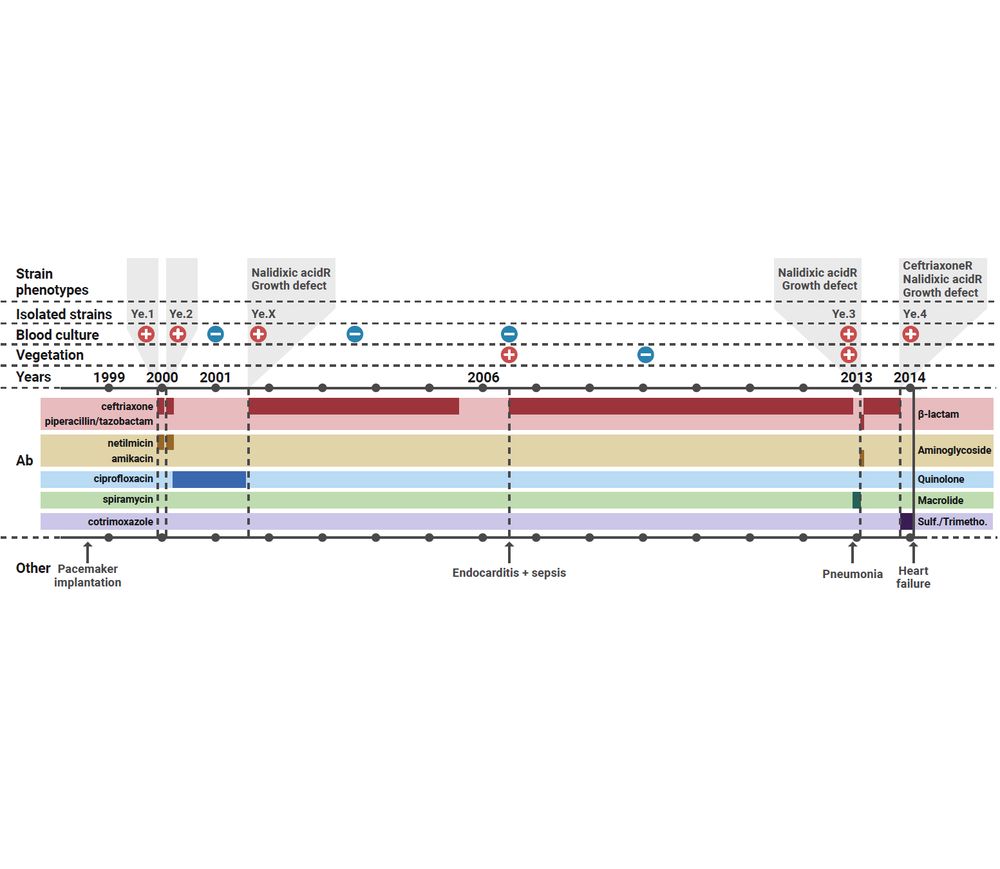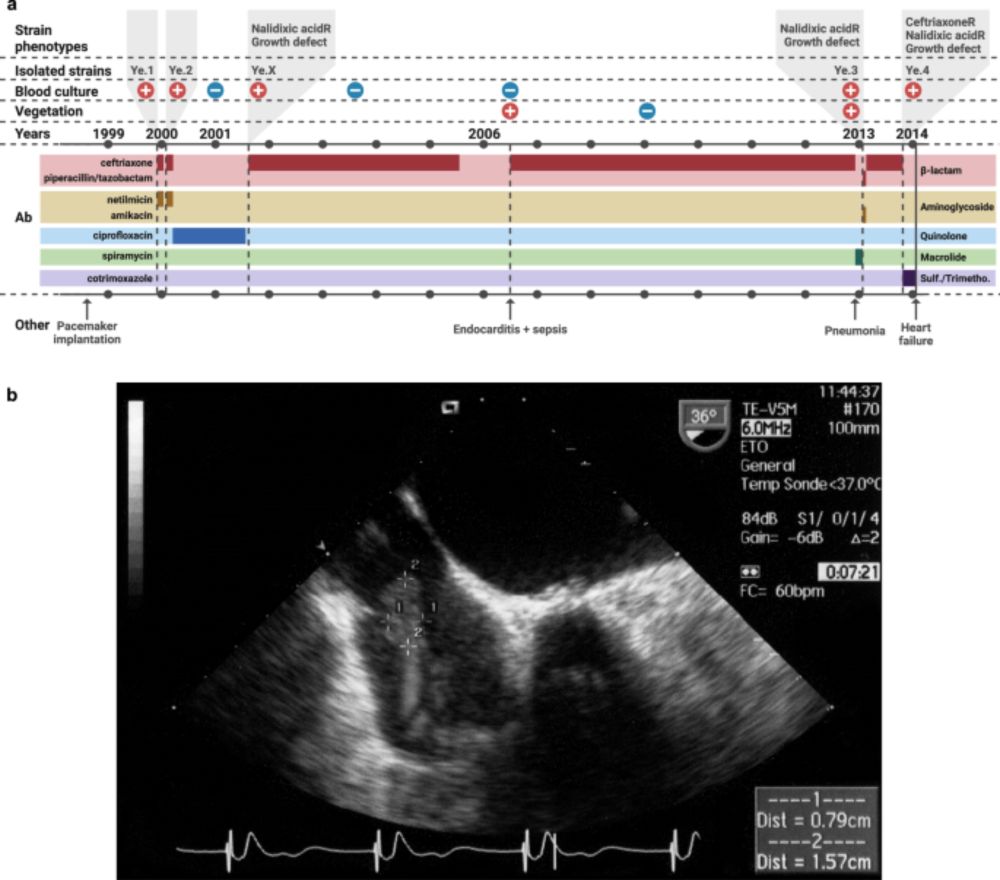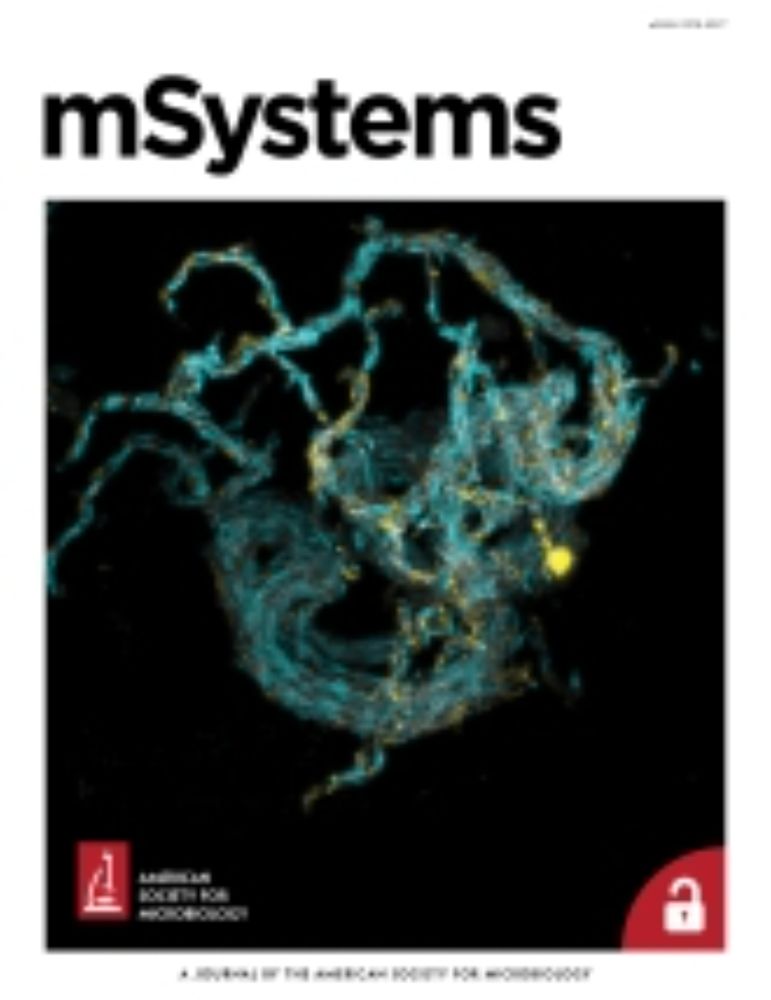Pierre Lê-Bury
@pierrelebury.bsky.social
110 followers
220 following
26 posts
Multi-omics enthusiast & official plague doctor, focused on physiopathology, immunology and molecular pathogenesis.
Postdoctoral researcher | ImVA-HB / IDMIT @cea.fr | @yersiniaunit.bsky.social @pasteur.fr.
Posts
Media
Videos
Starter Packs
Pinned
Pierre Lê-Bury
@pierrelebury.bsky.social
· May 29

Attenuation of virulence in Yersinia pestis across three plague pandemics
Yersinia pestis has spilled over from wild rodent reservoirs to commensal rodents and humans, causing three historically recorded pandemics. Depletion in the copy number of the plasmid-encoded virulen...
www.science.org
Reposted by Pierre Lê-Bury
Reposted by Pierre Lê-Bury
Pierre Lê-Bury
@pierrelebury.bsky.social
· Jun 18
Alice Lebreton
@alicelebreton.bsky.social
· Jun 18

La peste sait mettre la pédale douce
CARTE BLANCHE. Une collaboration internationale a mis le doigt sur une modalité génétique d’atténuation de la virulence commune aux trois pandémies de pestes historiques, explique Alice Lebreton, dans...
www.lemonde.fr
Pierre Lê-Bury
@pierrelebury.bsky.social
· May 31
Pierre Lê-Bury
@pierrelebury.bsky.social
· May 31
Reposted by Pierre Lê-Bury
Reposted by Pierre Lê-Bury
Reposted by Pierre Lê-Bury
Pierre Lê-Bury
@pierrelebury.bsky.social
· May 30
Pierre Lê-Bury
@pierrelebury.bsky.social
· May 29

Attenuation of virulence in Yersinia pestis across three plague pandemics
Yersinia pestis has spilled over from wild rodent reservoirs to commensal rodents and humans, causing three historically recorded pandemics. Depletion in the copy number of the plasmid-encoded virulen...
www.science.org
Pierre Lê-Bury
@pierrelebury.bsky.social
· May 29
Pierre Lê-Bury
@pierrelebury.bsky.social
· May 29













